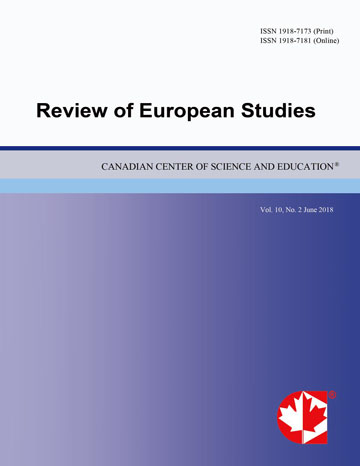Retirement Reconsidered: Labor Force Participation of Older Men in the United States
- Joseph S. Falzone
Abstract
The objectives of this article are two fold. Changes in older men’s labor force participation in the United States are first described focusing on human capital and demographic variables. A model of the labor/leisure choice and the retirement decision of older menare then estimated employing Maximum Likelihood Probit. While changes in Social Security Benefit rules are a significant factor in explaining the trend of rising retirement age among older men, the focus here is on additional factors that contribute to older men’s decision to forestall retirement. Probit coefficient estimates for three distinct age cohorts verify the effects of hypothesized determinants of the decision to retire. Specifically, the coefficient on estimated earnings is negative and hasthe largest marginal effect on the decision to retire followed by years of education and retired wife. The effects of wives’ retirement decision will likely influence and forestall the retirement decision of married men as more working women reach retirement age. The rise in labor force participation rates of older men may offset rather than reverse the decline in men’s labor force participation rates that began more than a half century ago.
- Full Text:
 PDF
PDF
- DOI:10.5539/res.v8n2p201
Index
- ACNP
- CNKI Scholar
- DTU Library
- Elektronische Zeitschriftenbibliothek (EZB)
- EuroPub Database
- Excellence in Research for Australia (ERA)
- Genamics JournalSeek
- Google Scholar
- Harvard Library
- HeinOnline
- Infotrieve
- JournalTOCs
- Mir@bel
- Open policy finder
- RePEc
- ResearchGate
- ROAD
- Scilit
- Technische Informationsbibliothek (TIB)
- The Keepers Registry
- Universe Digital Library
- WorldCat
Contact
- Paige DouEditorial Assistant
- res@ccsenet.org
